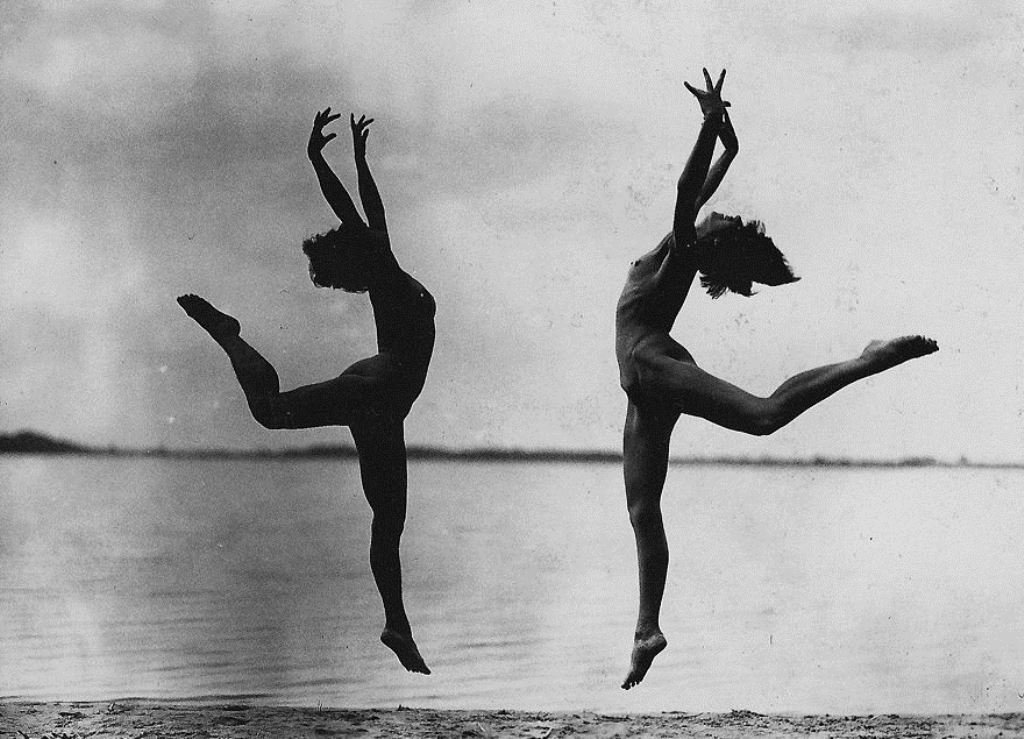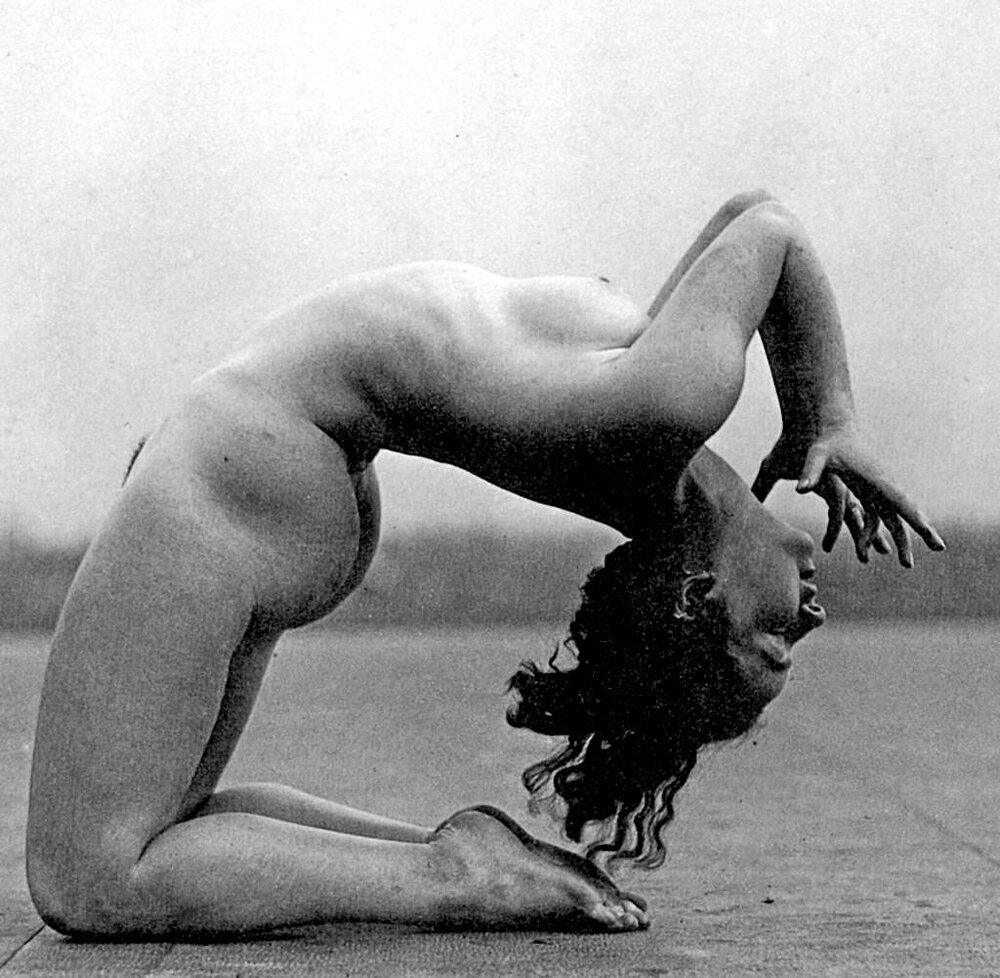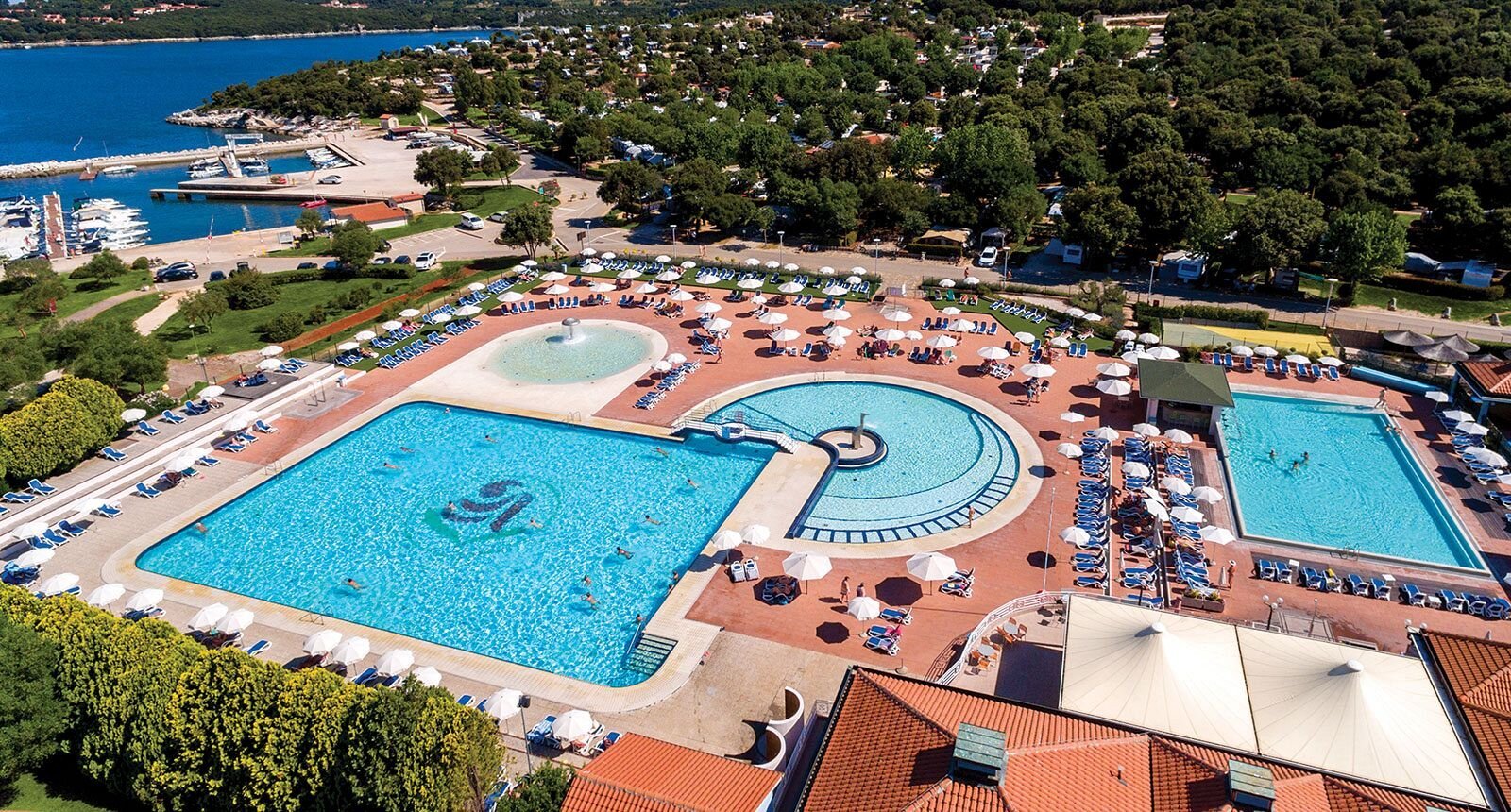What is “The Nude Revolution”?
A movement within a movement…
The Nude Revolution was a movement that started as a think tank back in 2006. AANR was interested in figuring out how to make naturism relevant again to an ever dwindling segment within naturism, the young adults. So they set a few friends to the task of revamping the formula. This was the beginning of a naturist movement nicknamed “The Nude Revolution”.
In 2007, out of the NUYA (Nude University and Youth Ambassadors) program emerged “Vita Nuda”. A fresh name and a fresh logo united this group and new efforts were made to find other young adults interested in trying out this old but newly revamped version of naturism. We accomplished this by taking naturism to social media platforms such as Facebook and YouTube, and while that seems commonplace now, it was an unheard of idea then.
Over more than a decade this movement has spun off groups that have added a fresh flavor to the naturist scene and has had some global impact, influencing similar movements as far away as Mexico and Australia. Even today, if you do a Google search for “Vita Nuda” you’ll find images of the logo and memories of the early movement.
The larger purpose of “The Nude Revolution” is to keep naturism current by creating things that didn’t exist before. The movement is about connecting people and keeping naturism fresh and relevant. Over the 16 years, social media has become far more prevalent than anybody could have predicted. And a trend has emerged where most social media platforms are quick to censor any form of non-sexual nudity, but seem to turn a blind eye to blatantly sexual content, especially among celebrities. With multiple major naturist accounts being deleted (GNA at 230,000 members on IG), it seems naturism doesn’t really have a reliable home on social media. So, it seems the time has come to create something that didn’t exist before.
The goal of this new incarnation of “The Nude Revolution” is to create a community that promotes a sense of friendship, respect, acceptance and ideally act as a place that can unify this movement more globally. We hope to create a safe place that allows you to be your most authentic self.
The History of Nudism
The History of Nudism in Europe
The History of Nudism — The practice of nudism begins at the beginning of time itself. If you are a believer in science, you've probably noticed that unicellular organisms did not wear pants, nor do monkeys, and so far all the missing links have been found with their clothes off. If you are a believer in creation then you are well aware that Adam & Eve were card carrying nudists, even under their various pseudonyms. No matter where you look, you will find the origins of humanity are quite nude.
As time developed and civilizations emerged, people still chose to be naked. Examples include Ancient Greece, Egypt, North and South American Indians, Australia Natives and the Pacific Islanders including Hawaiian culture. The aesthetic appreciation for the human figure and nature is at the foundation of our planets artistic legacy.
But with time things like fashion and new technology became increasingly important to mankind and that led to the dawn of the industrial revolution. During this time people moved from the countrysides to the city. They crowded into small houses that had poor ventilation, poor pluming. The smoke stacks from homes and factories blotted out the sunlight. There was a lack of clean water, no access to fresh food, no modern sewage and garbage management. There was no such thing as a 40 hour work week, or a 5-day work week for that matter. So in the context of this heavy pollution, poor nutrition, over-worked, over-stressed environment, people got sick. It is in trying to solve this epidemic of poor health where we find the root of modern nudism.
By the late 1800's there was a health movement taking shape. Physicians were prescribing “fresh air and light therapies” to sick city dwellers. The idea was to get out of the polluted unclean cities and to get back to nature. Over time this health movement adopted the name Naturism. Naturists practices strict vegetarianism, avoided alcohol and tobacco, and exercised their bodies in nature seeking the health benefits of sunshine and fresh air. Interestingly, nudity was just one of the features of naturism, and more of a secondary feature rather than a primary one.
The practice of naturism evolved into a wider movement the Germans call Freikorpurkultur, or the Free Body Culture, also known as FKK. The movement was solidly backed by the publication of a book called “Nackt-kulture”, published in 1906. Although good health was still a part of this movement, the emphasis started to shift towards the nudity itself which was thought to infer psychological and social, as well as health benefits to those taking part.
In 1903 a man named Paul Zimmerman opened Freilicht Park in Lubeck Germany, the first official naturist park to ever exist. Many more would follow in time and at the peak of the movement a naturist park could be found in just about every major German town. In 1920, the island of Sylt opened the world’s first official nude beach.
By the 1920's the movement had also arrived in France, mostly spearheaded by a man named Marcel Kienne de Mongeot, who functioned as a social activist for the normalization of nudity. The French were not as interested in all the extra health practices of the naturist philosophy. They saw nudity as simply a form of rest and relaxation and the coined the term "Nudist" to describe their version of this movement.
Today, terms like naturist, nudist and FKK have become essentially interchangeable. But historically speaking “naturism” refers to the original “back-to-nature” health movement. Nudism is the French incarnation focusing on just the nudity as a form of simple comfort and relaxation with less of an emphasis on nature or natural settings. And FKK is the most common abbreviation that refers to modern European Naturism which commonly still carries some remnants of the original health movement in the form of exercise classes and spa treatments.
In 1926 a school teacher named Adolf Koch opened the first clothes-free school in downtown Berlin. Classes at the schools involved gymnastic exercises. In fact, the Berlin school hosted the first “International Congress on Nudity" with participants from 23 different countries performing dance and gymnastic routines for the general public. These schools became popular and by welcoming everyone it helped to magnify the naturist movement overall. By 1932 there were 13 nude schools around Germany, the FKK movement was at it's peak with over 100,000 active nudists, 70,000 of which were part of Adolf Koch's nude schools.
In 1933 the Nazi party came to power and outlawed the practice of naturism. The ban, however, didn’t last very long. The practice of naturism was allowed again in 1934, but was limited to unpopulated areas and was required to abide by the discriminative Nazi ideals. When the war ended in 1945, Germany was left divided into East and West.
In the years that followed West Germany developed a more conservative attitude towards nudism and public nudity. Meanwhile in Eastern Germany, nudism became a symbol and an expression of personal freedom in an otherwise oppressive communist-ruled society. For decades nudism thrived in Eastern Germany. At one point 4 out of 5 East Germans claimed they had participated in social nudism and 90% of the population felt that nudity in parks and other outdoor locations was socially acceptable. In 1989 the Berlin wall came down and Germany was reunited to become the Germany we know today.
Naturism continues to thrive throughout Europe, but is still most popular in the vein of the original movement, in places like France, Germany, and Costal Croatia. There are distinctly different tones found in the practice of European Naturism compared to American Nudism. In Europe there exists to this day more emphasis on health, exercise and general wellness.
North America, of course, has a history of its own. The arrival of the naturist movement into the United States had a much deeper and more widespread impact than most people realize. In fact, naturism has influenced social movements that helped to shape the American Culture we know today. But that is a separate story that we will be sharing on another video and blog.












